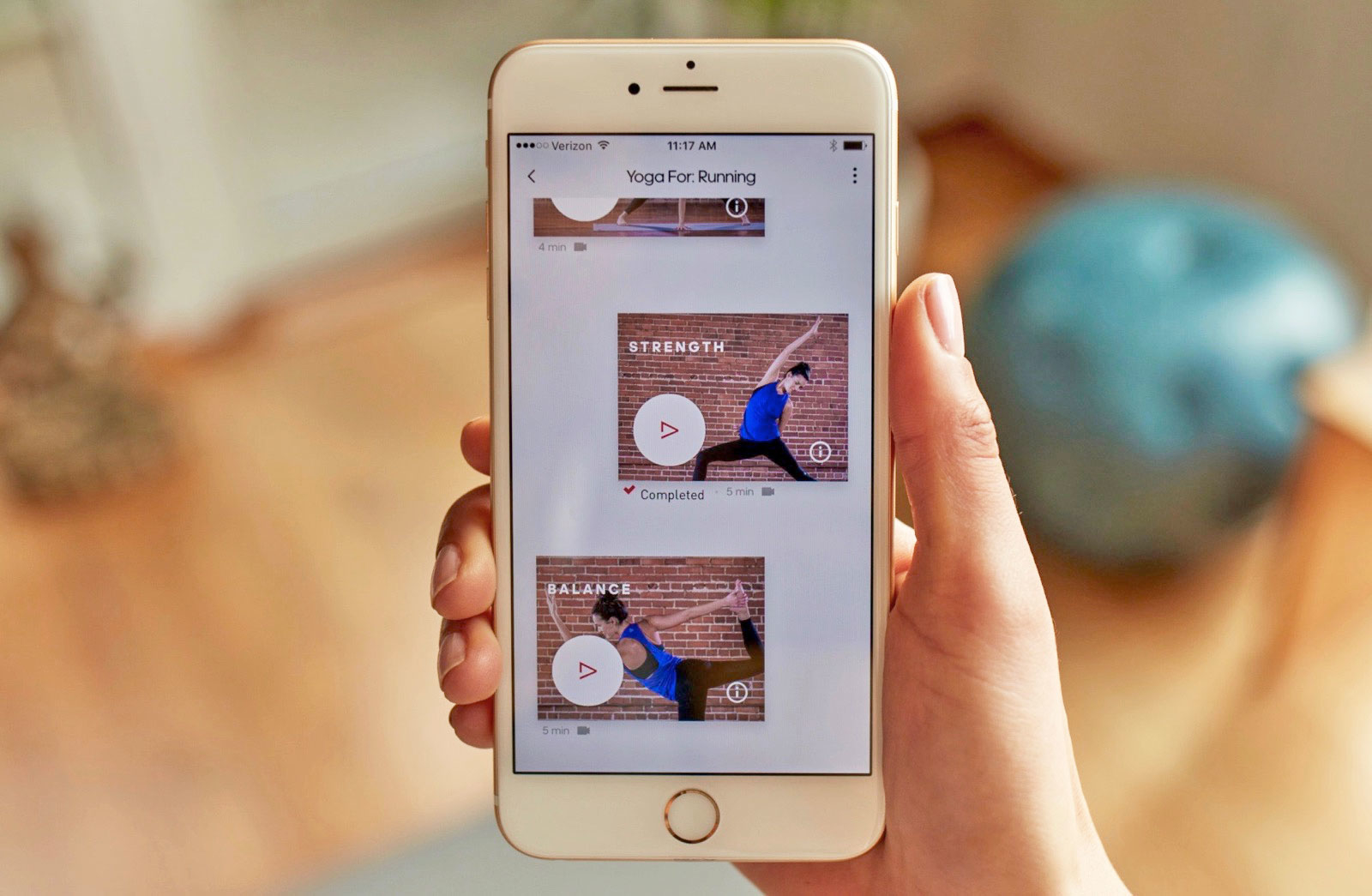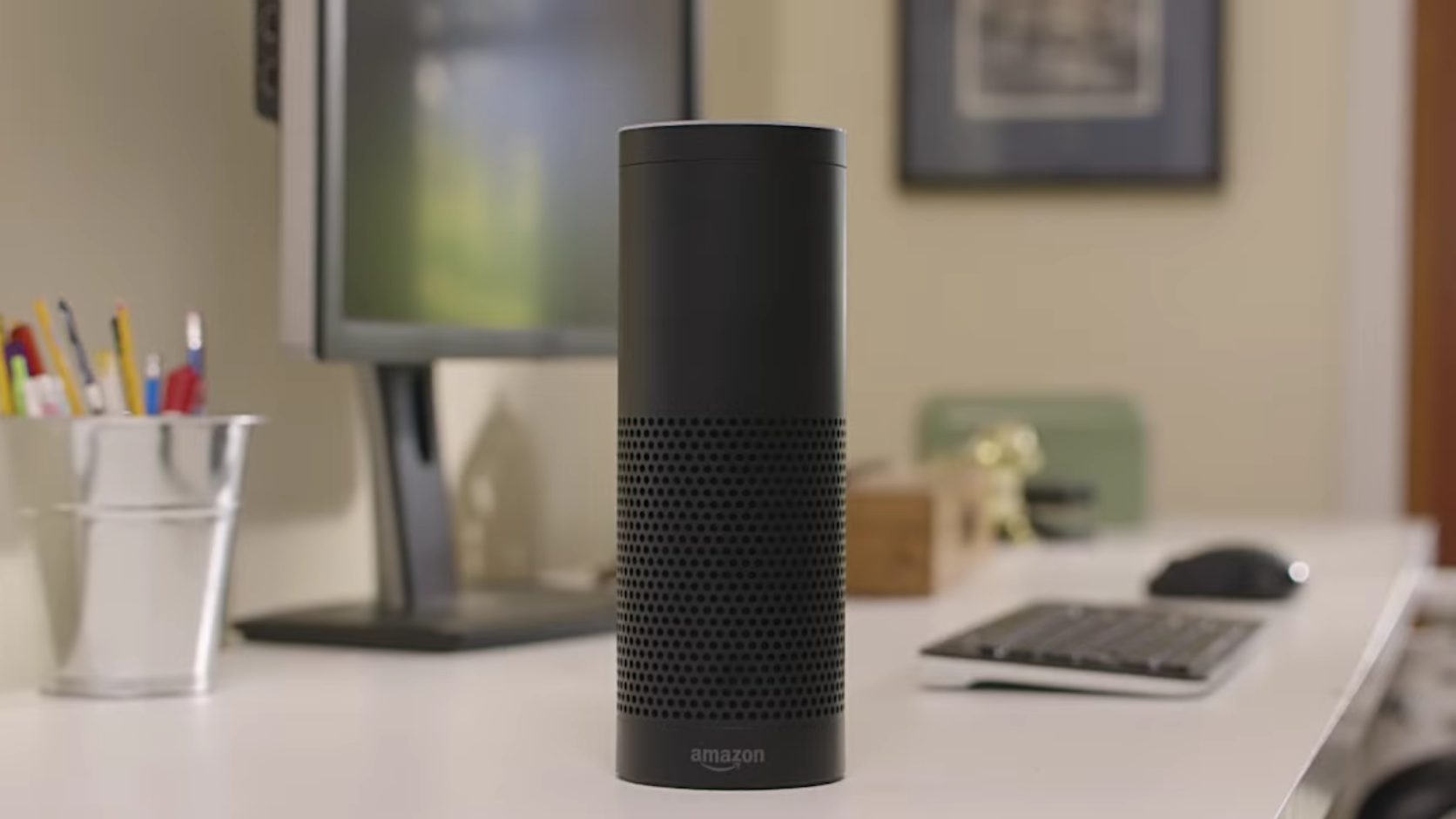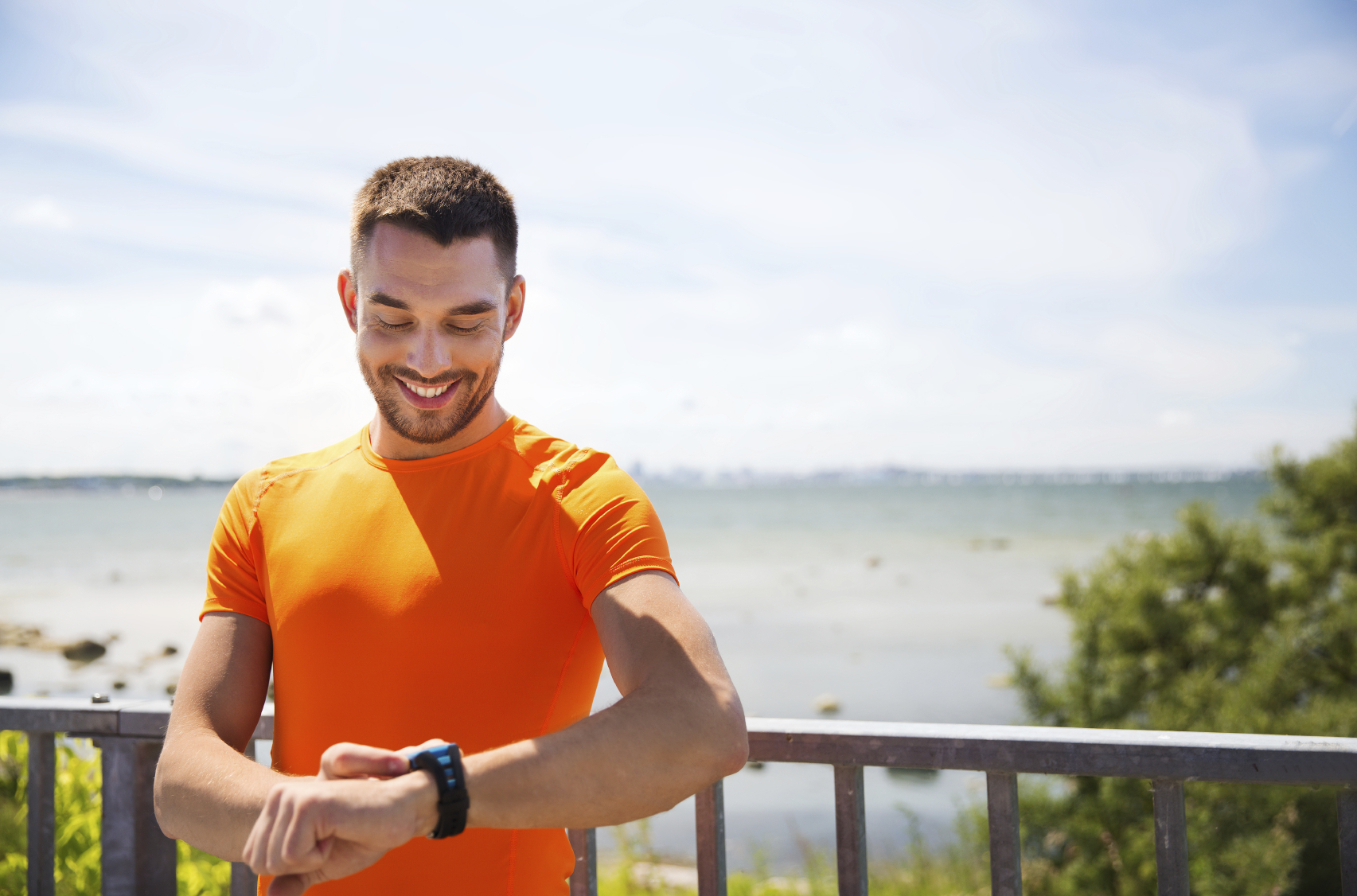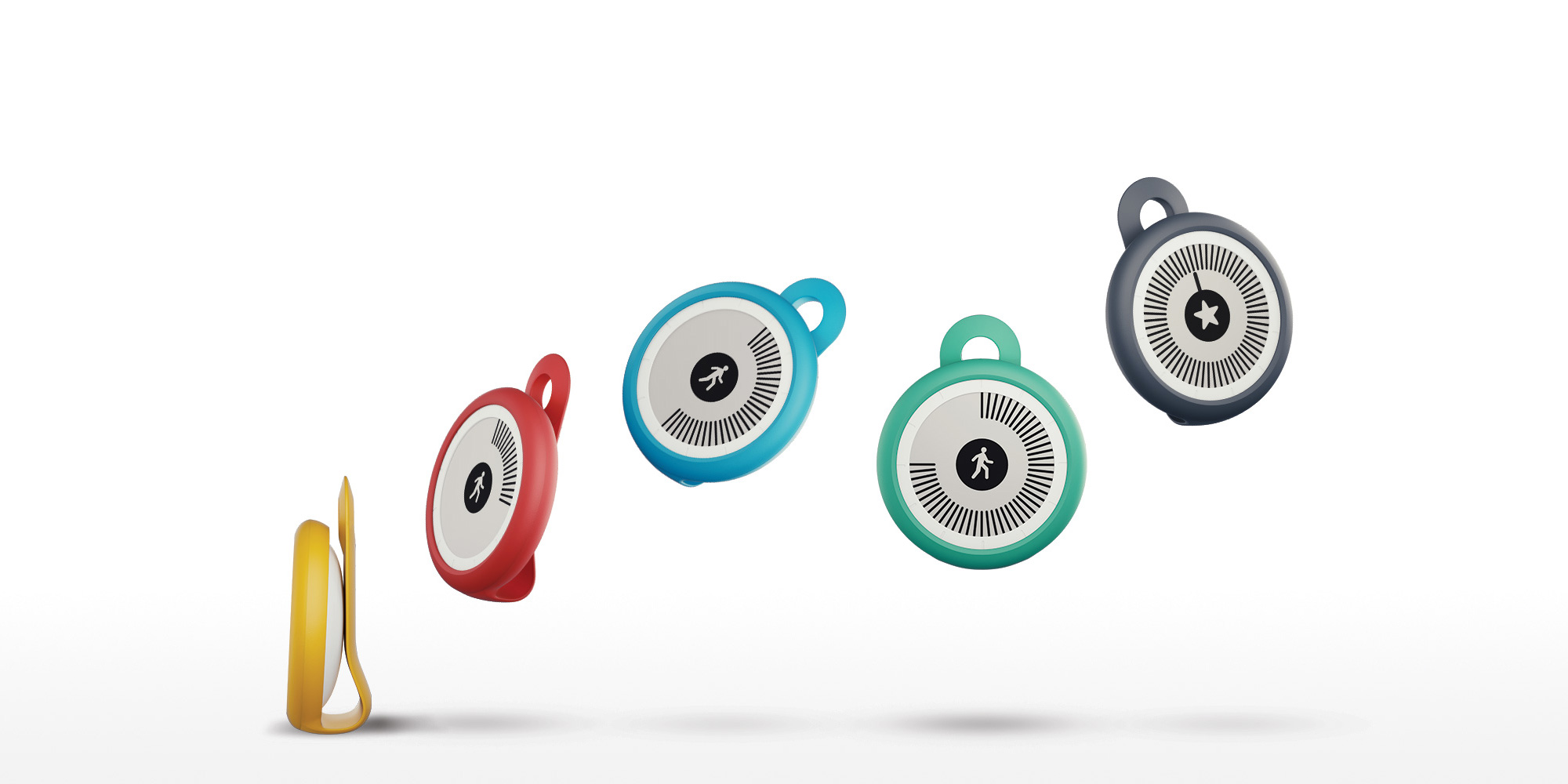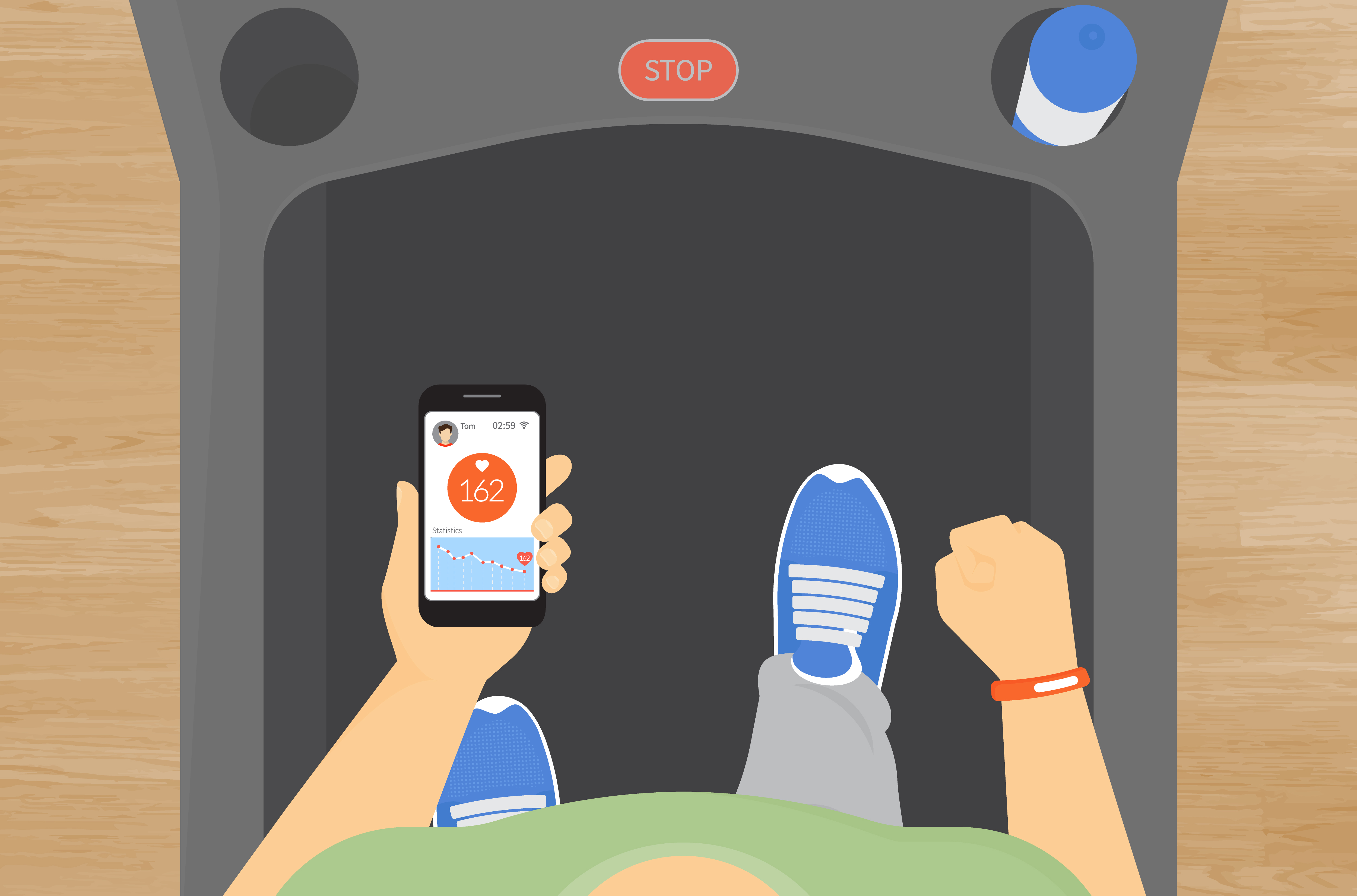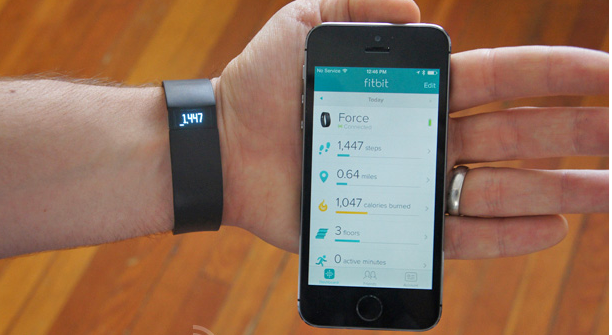Earlier this afternoon, Under Armour CEO and founder Kevin Plank delivered the last solo keynote address of this year’s CES. The fast-talking CEO began with a passionate and detailed account of the transition his company has successfully made in recent years from a sportswear brand into a fast-growing athleisure lifestyle brand supercharged by fitness technology, before moving on to introduce a few new products and updates.
The Sleep Tech Boom
As we noted in our CES First Look on Tuesday, sleep-related tech is a hot area at this year’s CES, which even created its first-ever dedicated “sleep tech marketplace.” Startups like Vobot, Motio HW, ZEEQ, and Acesleep come to showcase their products all designed to monitor and enhance your sleep. Sleep Number debuted a self-adjusting connected bed that can fit various sleeping positions and alleviate mild snoring.
Now, Under Armour is jumping on the sleep tech bandwagon with a new line of sleepwear dubbed Athlete Recovery Sleepwear. The company partnered with researchers from John Hopkins University and star quarterback Tom Brady to design this high-tech pajama line, made with a special fabric that the company claims can enhance your sleep quality by absorbing heat and improving blood flow and cell regeneration.
The company announced on stage that it is partnering with Arianna Huffington’s lifestyle and wellness brand Thrive Global to promote this new line of sleepwear. On the software side, the company is also updating its UA Record app to incorporate its new focus on sleep. New features for this fitness tracking app include generating reports on sleeping cycles and consistency and offering tips on how to achieve better sleep.
As sleep quickly becomes digitalized and integrated as part of our health and fitness data, we expect to see more fashion, healthcare, and sports brand to come out with their own sleep-related initiatives.
Under Armor’s Digital Fitness Strategy
Beyond its new sleep initiatives, Under Armour also updated its MapMyRun app to add a feature called Jump Test, which asks users to do a set of jumping jacks and uses the sensors on its connected footwear line to determine if your body has sufficiently warmed up for a run.
Under Armour is not the only company showcasing fitness-oriented connected apparels at this CES. Two standout examples from this category are Polar’s new connected sports shirt, which comes with built-in vital-tracking sensors that can share data in real time, and the “E-Skin” bodysuit developed by Xenoma, which is embedded with 14 motion-capturing sensors designed to track your full-body movements during workouts.
A big part of the success that Under Armour has enjoyed so far can be attributed to its digital fitness strategy. Looking beyond physical products like apparels and shoes, the company made a series of acquisitions from 2013 to 2015 that beefed up its fitness app portfolio, which includes the aforementioned UA Records and MapMyRun as well as the popular calorie-tracking app MyFitnessPal. By allowing its customers to aggregate and understand the fitness data they generate with their apps and products, the company has fostered an online fitness community of over 160 million users. For other fashion and sports brands, this digital-led strategy should provide some inspiration in how to effectively reach and engage with today’s connected consumers.
